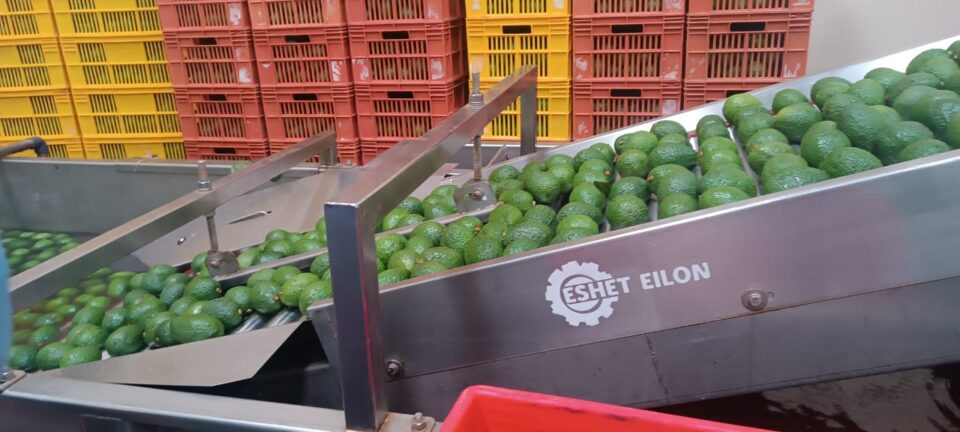According to the report of the Organization for Economic Cooperation and Development (OECD) and the Food and Agriculture Organization of the United Nations (FAO) “Agricultural Outlook 2021-2030”, avocados will become the most traded fruit by 2030. Avocado has the lowest production rate among tropical fruit, but has seen the fastest production growth in recent years and is expected to remain the fastest growing major tropical fruit in 2021-2023.
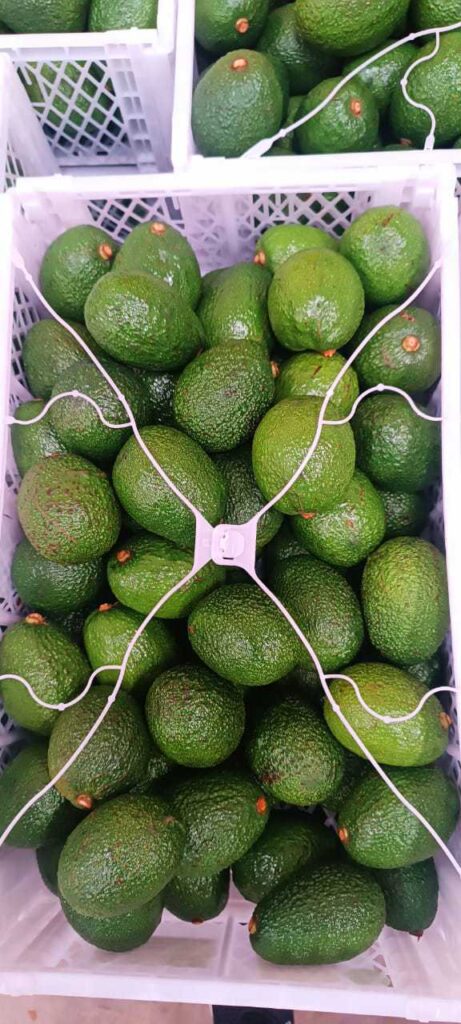
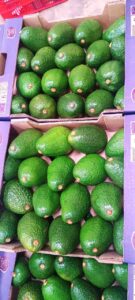
Avocado production is projected to reach 12 million tonnes by 2030, triple the production achieved in 2010. Of this volume, up to 3.9 million tonnes will be exported, exceeding the exports of pineapples and mangoes. Strong global demand and favorable export prices continue to be the main drivers of this growth.
According to the report, the TOP-10 avocado-producing countries account for nearly 80% of global production. By 2030, about 74% of production will remain in Latin America and the Caribbean thanks to favorable climatic. Mexico, the world’s largest producer and exporter of avocados, will see 5.2% annual growth over the next ten years due to continued growth in US demand. Mexico is expected to increase its share of global exports to 63% by 2030 despite growing competition from new exporters such as Peru, Colombia, and Kenya.

Kenya has doubled its avocado production over the past five years. According to the latest official FAO statistics, Kenya is now the world’s sixth-largest avocado producer, with a planted area of nearly 26 000 ha and a production of 417 000 metric tonnes in 2021, double that of 2016. The meteoric rise of 20% per annum on average has been achieved largely through the expansion of avocado plantations by an average of 14% per annum, with yields increasing by about 6%. The sector is still dominated by small-scale farmers owning less than 2 hectares – they produce about 70% of all Kenyan avocados.
About 23% of production, 95 000 tonnes, is exported. Kenya surpassed South Africa in 2021 to become the continent’s largest exporter of avocados. Kenya accounts for 82% of East African Community avocado fruit exports. Kenya’s main export markets are the EU, in particular the Netherlands, France, Spain, the UK, and Germany (60%). In Europe, avocados have become the second most valuable imported fruit from developing countries, surpassing grapes, according to the CBI. The markets of the Middle East are also relevant, in particular the UAE, Saudi Arabia, Turkey, Egypt, Qatar (26%), and the CIS (8%). The group of CIS countries has shown dynamic growth since 2016 – the growth of Kenyan avocado imports to these countries annually averages +20% in quantitative terms due to the growth of exports to the Russian Federation, Ukraine, Kazakhstan, and Georgia. Given that the avocado harvest season in Kenya started on March 24, 2023, EastFruit contacted Paul Mutanga, a post-harvest expert, who spoke about the development of the sector and the process of avocado imports from Kenya.

According to Paul, the avocado business in Kenya began in the 1970s and the produce was consumed mainly by the local market. However, in the early 2000s, demand began to rise mainly from the European Union due to the health benefits that avocados are associated with. Farmers began to grow more avocados and in 2005, even began to uproot other lucrative export crops like Kenyan’s famous coffee and tea. The export of avocados is one of Kenya’s leading sources of foreign currency earnings. Avocados account for 84.48% of Kenya’s fruit export revenue, more than $100 million, according to the Horticultural Authority’s 2017-2018 approved report.
Huge avocado production (70%) is concentrated in Muranga County, which supplies export-quality avocados annually. The specialization of the area was due to favorable climatic conditions, as well as the creation of the company – the pioneer of the commercial production and exports of avocados – the Kakuzi company, the main shareholder of which is British Camellia PLC.
Kenyan farmers use the Puebla avocado (Persea Americana) as rootstock and graft the sought-after varieties Hass, Fuerte, and Jumbo. Most farmers grow the Hass variety, which has a longer shelf life, making it more attractive for the export market. The Hass and Fuerte varieties from Kenya are harvested and exported between March and November each year, while the Jumbo variety is exported in small volumes all year round. It takes about four years for avocados to bear fruit, and a Kenyan farmer needs to invest $1 700 to plant one hectare of the avocado orchard.
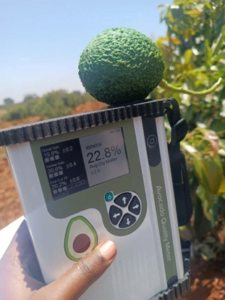
Avocados meeting international quality standards should be harvested when they are ripe, clean, dry, and free from pests or damage. The ripeness of avocados is determined by their dry matter and oil content. The recommended dry matter content for fresh fruit is 21 to 25% and a minimum of 11.2% oil content. In addition to confirming the dry matter and oil content, exporters must have modern and suitable post-harvest processing technologies to be able to export quality avocados.
Kenya enforces a two-month self-ban every year to prevent the exports of unripe fruit in order to protect the country’s image in the international market. The fact is that the exports of unripe avocados are quite attractive, but a one-time action. After all, the harvesting of avocados before they are ripe causes fruits to rot inside and a sour taste appears during subsequent ripening.
Paul believes that Kenya is a reliable avocado exporter due to the country’s improved cultivation and post-harvest practices. Most farmers are Global GAP/GRASP and SMETA (Sedex Members Ethical Trade Audits) certified and practice organic production in response to the growing popularity of fresh organic produce in the EU and premium prices – organic avocados are on average $0.25 more expensive per kg.

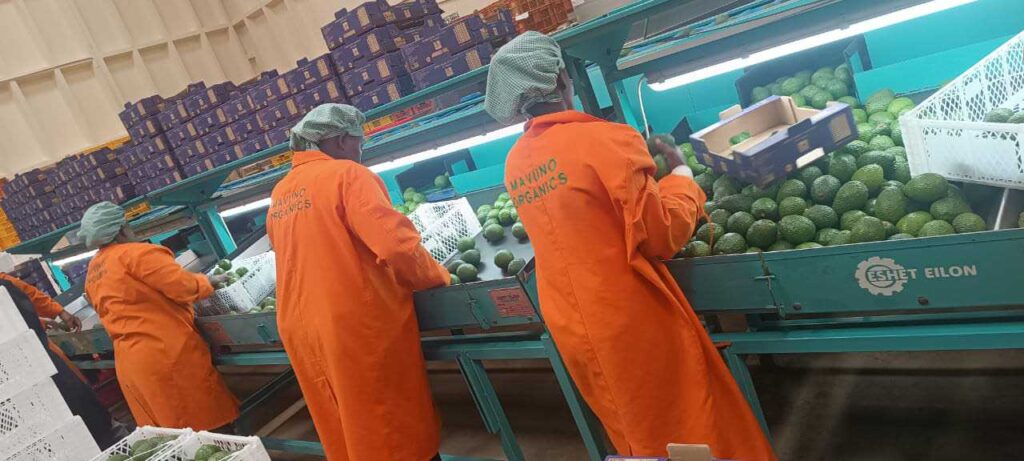
Interestingly, according to the Environmental Working Group, an American activist group that specializes in research and advocacy on agricultural subsidies, toxic chemicals, drinking water contaminants, and corporate responsibility, and regularly releases a Clean 15 list, in 2022 and 2023, avocados have been tested with the lowest pesticide content.
How to determine the quality of avocado and ensure a long shelf life?
- Quality is determined by the size of the fruit. Avocados are graded from size 2 (largest) to size 32 (smallest), i.e. the number of fruits in a 4 kg box. However, due to the lack of water for irrigation, most fruits will be around 20-26 this season, while EU buyers prefer the middle range – from 16 (about 227-230 grams) to 20 (from 165 to 196 grams).
- The development and degree of ripeness of avocados must allow them to continue ripening and reach a satisfactory degree of ripeness. It is determined by the minimum dry matter content, measured by drying to a constant weight of 21 to 25%, which ensures ripeness to “ready to eat” in a week. However, there are different numbers for different varieties:
- 21% – Hass variety;
- 20% – Fuerte, Pinkerton, Reed, and Edranol;
- 19% – other types, with the exception of Antillean varieties that may have a lower dry matter content.
3. Harvesting method – picking directly from the tree to the basket and minimal human contact with the fruit, which ensures the “3 touches” rule of the fruit between the field and the packing house. Trained pickers also leave a tail 2 cm from the fruit to prevent secondary contamination of the fruit through the broken stem.
4. Work in the warehouse is carried out using electric forklifts to prevent smoke pollution. Typically, avocados are packaged in 4kg cartons or 10kg plastic or cardboard boxes for large importers who ripen avocados in ethylene chambers and repackage them for retail.
5. Avocados are exported exclusively in controlled atmosphere refrigerated containers that release ethylene and prevent ripening. The temperature for transporting avocados is 4.5-5°C, which also slows down the ripening of avocados.
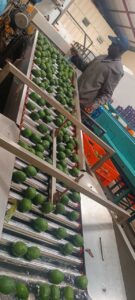
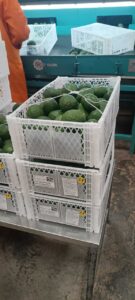
“Practices for harvesting and post-harvest handling of avocados include using clean tools during harvest, temporary storage of harvested fruits in warehouses, protection of harvested avocados from dust and other contaminants, and personnel handling fruit must have skills and knowledge in food safety. After harvesting, the fruits must be packed in clean boxes and delivered to the packing departments for sorting in refrigerated trucks, the temperature of which does not exceed 16 ℃. Packed and graded avocados are placed in refrigerated containers and transported from the packing facilities to the port of Mombasa and shipped to various destinations around the world in atmosphere-controlled containers designed to maintain temperature, humidity, and atmosphere at a constant level during the entire transit”, Paul concluded.


Due to small-scale production, quality control is carried out by the Kenyan exporting company, which controls the process starting from harvesting, although producers are also responsible for the quality. In the case of a defect of more than 2.5% of products, the exporter compensates the damage to the importer, but if the percentage is lower, the farmer will have to compensate for the losses.
The use of the site materials is free if there is a direct and open for search engines hyperlink to a specific publication of the East-Fruit.com website.




